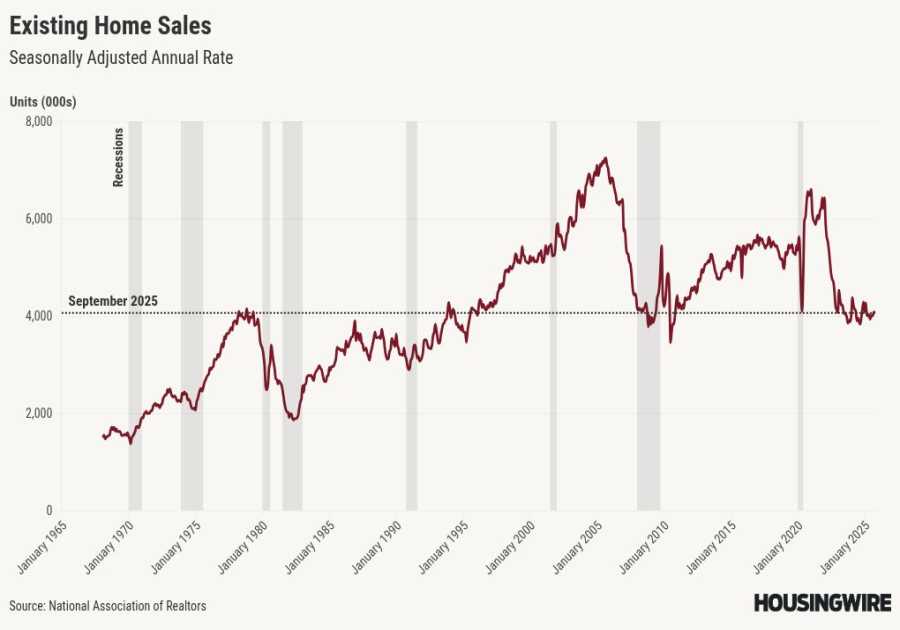
CSA Images/Getty Images
- Rebecca Morassutti went from corporate burnout to being a successful virtual assistant.
- Adopting a retainer-based model increased Morassutti's earnings and allowed for a more flexible schedule.
- She made six figures last year and is using skills learned from clients to start her own business.
This is an as-told-to story with Rebecca Morassutti, a virtual assistant. Morassutti’s income has been verified by Business Insider. The following has been edited for clarity and length.
I climbed the corporate ladder in a large multinational company from intern to associate director within a few years. In 2011, my friends and family thought I was living the dream — I had a nice car, a good salary, and a growing savings account.
On the inside, I was stressed and burned out doing the job of three different people. I couldn't live like that for the next 50 years. I wanted to work remotely and have flexible hours, so I started thinking about starting an online business.
I turned up my nose at virtual assisting at first
Googling online businesses for digital nomads led me to virtual assistant, or VA, work. Initially, I turned my nose up at it. I felt like I was too experienced to be anyone’s assistant and worried people would say I’d taken a step down. It took until 2014 to get past my fear of optics.
The breaking point was being denied a 2% raise. The moment I got back to my desk, I started looking for any virtual assistant work I could do. Within 24 hours, I landed my first client on Upwork by submitting a proposal for a project. I still work with her almost 10 years later.
I was doing business operations and client management for this client. I would wake up early to do her work and work on VA tasks during my lunch break. Anything I didn't get done during the day, I would do when I got home.
A month after working with her, I gave my three-month notice. I had a ballpark figure of the bare minimum income to cover my expenses. It took four months as a VA to work up to that. Luckily, my long notice period meant I could find more clients through Upwork and networking on LinkedIn while still having backup money coming in.
At the end of my first year, I made around $65,000 from VA work.
I accidentally created another job for myself
The first few years in my VA business, I was happy to take any client. I quickly realized some clients didn't understand the role of a virtual assistant. They expected me to work specific hours and fixed availability. I still felt like an employee when I was supposed to be self-employed.
By 2016, I was burned out again. I felt like I had been lied to. Every post online discussed how being a VA was this path to poolside work and a flexible schedule.
Switching from hourly pay to a retainer increased my earnings as a VA
In 2017, I considered returning to my 9-to-5 job. I wanted to give up on entrepreneurship altogether. I stuck with it because I knew I was adding value to my client's businesses and even taking on leadership responsibilities for some clients. I wasn’t getting paid for taking on that responsibility, and I knew I needed to change my compensation model.
After more online research, I realized I needed to stop trading my time for money.
Before, if I got more efficient at doing a task, I was penalized. For example, scheduling an email may take me 30 minutes the first time I did it, but after a month, that time was down to 15 minutes. On an hourly rate, I would have to find something else to do to fill my time without extra pay.
With my new pricing model, I was paid on a retainer rather than hourly. This removed me from the time-to-money exchange.
I analyzed the value I added to my clients' businesses and presented them with a pricing structure based on that research. I used proof of sales from emails and campaigns I'd run. The bigger my revenue impact, the higher my retainer.
I lost some clients, but the ones who stayed were happy to pay more. With this new structure, I no longer kept track of my hours because I was on a retainer, so I could take time off without being paid less.
I work with fewer clients on much longer retainers
Now, I only work with three or four clients at a time. On average, I'll work with a client for five years. When I started working with my first client nearly a decade ago, she was paying me $1,500 a month, and now she pays me over $6,000 a month. Every year, I increase my rate. I made $144,000 last year in revenue from my VA work.
I've even had clients offer to raise my retainer without me asking. On all of these occasions, it was after working together for about a year. They wanted to ensure I was well-compensated and would stick around for a long time.
My clients treat me to all kinds of experiences
Because I have worked with most of my clients for a long time, our relationships have evolved from doing tasks to becoming strategic partners in their business. This allows me to look holistically at a client’s business and see where I can help.
I have been flown across the country by one client to help her run retreats. I had another client sign me up for a mastermind program for sales and marketing. This client wasn't seeing a lot of traction with her newsletters, and I told her I wanted to get better at writing newsletters. I found a program I was eager to take and was prepared to pay for it. She said, “No! I'll pay if this is going to help me.”
Everything I learn for clients helps me build my own business, too. Getting paid to learn is my favorite part of being a virtual assistant.
I’m transitioning my business to help other aspiring virtual assistants find the same kind of success that I did. The skills I’ve picked up from clients have been invaluable in this process. Thanks to them, I’ve learned how to create effective courses, run powerful coaching sessions, and grow an online audience.
Read More
By: [email protected] (Ashley Couto)
Title: I made $144,000 last year as a virtual assistant working flexible hours. It cured my burnout.
Sourced From: www.businessinsider.com/virtual-assistant-makes-six-figures-quit-corporate-job-2024-2
Published Date: Sat, 10 Feb 2024 12:28:01 +0000
.png)





